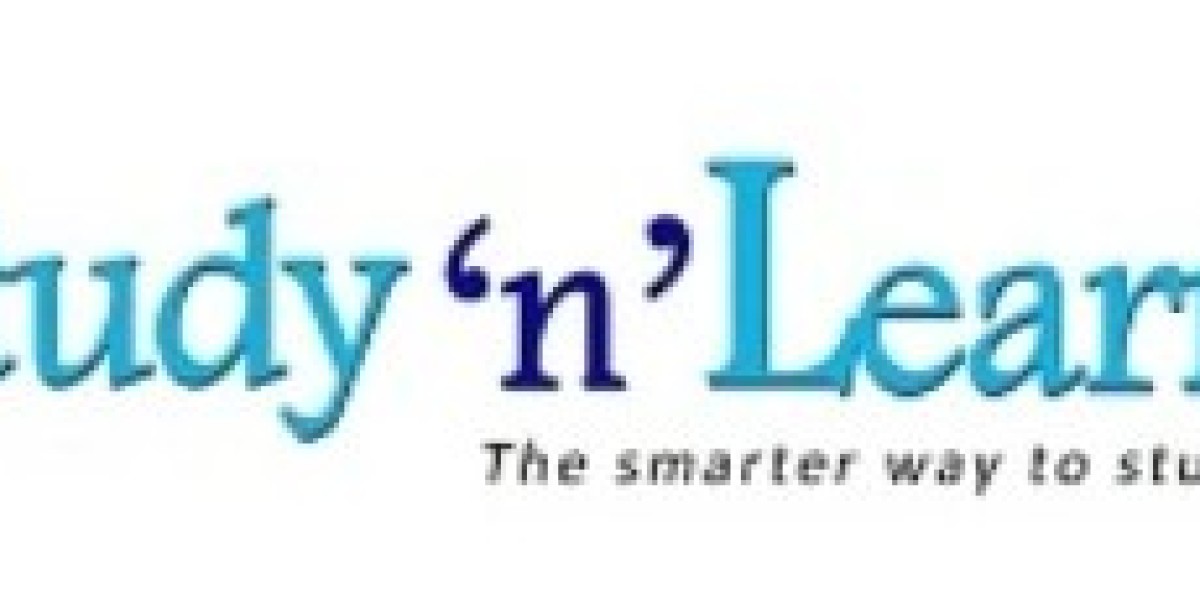In recent years, the pharmaceutical, nutraceutical, and supplement industries have seen a clear shift toward plant‑based, non‑animal derived dosage forms. Among these, hydroxypropyl methyl cellulose (HPMC) capsules have emerged as a leading non‑gelatin alternative, largely driven by growing consumer preferences for vegetarian/vegan products, stricter regulatory trends, and technical advantages of HPMC over traditional gelatin shells.
According to a market report by The Insight Partners, the global HPMC Capsule Market is projected to grow at a compound annual growth rate (CAGR) of 9.0 % from 2025 to 2031. Over that period, the market is expected to expand significantly in absolute terms across all regions.
This blog explores the key market segments, leading players, and growth strategies shaping the HPMC capsule landscape.
Key Market Segments & Trends
The HPMC capsule market is dissected across multiple critical dimensions—product type, route of administration, end users, and geography.
Product Type: With vs Without Gelling Aid
One major segmentation is HPMC capsules with gelling aid versus without gelling aid. The “with gelling aid” variant often includes additives like carrageenan or gellan gum to improve structural integrity and mechanical performance. According to The Insight Partners, this segment typically commands a higher share because the added gel strength helps in manufacturing, handling, and fills.
On the other hand, HPMC capsules without gelling aid are seen as “cleaner label” and appeal more to formulators seeking minimal excipient load and regulatory simplicity.
Route of Administration
While oral delivery is by far the dominant route (since capsules are largely used for ingested solid dosage forms), the market report also notes smaller segments for inhalation, vaginal, and rectal uses. Most of the innovation and demand remains concentrated in oral dosage forms.
End Users
HPMC capsules are sold to the following main end‑user categories (per The Insight Partners):
- Pharmaceutical companies
- CMOs / contract manufacturing organizations
- Food & beverage / nutraceutical firms
- Cosmetic / ingestible beauty firms
Pharmaceutical usage dominates in revenue share, especially for prescription and over‑the‑counter (OTC) drug products. But the nutraceutical / dietary supplement space is one of the fastest growing segments, owing to increasing health awareness, immunity markets, and clean-label preferences.
Additionally, the vegetarian capsules market report from The Insight Partners underscores that among vegetarian capsule types (HPMC, pullulan, others), HPMC has historically held the largest share.
Geography / Regional Dynamics
The HPMC capsule market is global, but growth dynamics and competitive advantages differ by region:
- Asia-Pacific is expected to lead in growth, driven by large pharmaceutical and nutraceutical manufacturing bases in India, China, Japan, and emerging Southeast Asia.
- North America is a mature and high-value region, benefiting from strong regulatory standards, consumer preference for clean-label dietary supplements, and high R&D in pharmaceuticals.
- Europe also contributes significantly, especially in markets with strict regulatory or labeling norms.
- Middle East & Africa, South & Central America present opportunity zones for future growth as local regulatory harmonization and health/nutrition trends strengthen.
Growth Levers & Strategies
To capture the projected growth in the HPMC capsule market, players are deploying a mix of strategies. Below are some of the key levers:
- Emphasizing “Vegetarian / Clean‑Label” Positioning
One of the strongest demand drivers is the increasing consumer shift toward plant-based products and avoidance of animal-derived ingredients. The Insight Partners notes that this trend strongly favors HPMC capsules over gelatin ones.
Producers are leveraging certifications (halal, kosher, vegan) and labeling transparency to differentiate. Some are marketing capsules “free of gelling agents” or “additive minimal” to appeal to clean-label product developers.
- Innovation & R&D in Advanced Capsule Technologies
Manufacturers are investing in novel capsule formulations: improved sealing, delayed- or sustained-release HPMC, enteric coatings, dual-chamber capsules, or formulations that better preserve moisture-sensitive compounds.
For example, some industry players are developing HPMC capsules with enhanced oxygen or moisture barrier properties to extend shelf life of sensitive nutraceuticals or probiotics.
- Scale Expansion & Capacity Investments
To meet rising demand, leading players are expanding manufacturing capacities, building new plants (particularly in low-cost geographies), and enhancing automation to reduce per-unit cost.
Localized production helps reduce logistics costs, ensure supply continuity, and tap into local/regional regulatory advantages.
- Strategic Partnerships, M&A & Acquisitions
Consolidation and partnerships are common. For instance, acquisitions of regional capsule producers allow global players to extend reach and absorb existing customer bases. The empty capsules market report mentions ACG acquiring ComboCap and BioCap among strategic moves.
Joint development agreements with pharmaceutical or nutraceutical firms (for custom capsule formulations) help align R&D and commercial pipelines.
- Cost Optimization & Process Efficiency
One of the key challenges is that HPMC capsules generally have higher production costs than gelatin. Innovating in process design, raw material sourcing, and manufacturing efficiency is essential. The Insight Partners report points to fluctuations in raw material prices and complexity of production as headwinds.
Reducing waste, shortening cycle times, improving yield, and better temperature/humidity controls in manufacturing are areas of focus.
- Regulatory & Quality Compliance
Adhering to stringent regulatory norms in pharmaceutical markets (US FDA, European EMA, etc.) is a must. Moreover, demonstrating GMP, quality consistency, stability, dissolution performance, and safety under diverse conditions helps win over drug formulators.
Having certifications (halal, kosher, vegan) further opens up markets, especially in regions with dietary or religious constraints.
Leading Players in the HPMC Capsule Market
The HPMC capsule industry includes a mix of global giants, regional champions, and specialized capsule firms. Based on The Insight Partners’ coverage and other sources, key names include:
- Lonza (Capsugel / Lonza Group) — a major global player in capsule technologies.
- ACG Worldwide / ACG Capsules — significant presence in India and global markets.
- Qualicaps Co., Ltd. — known for precision dosing and specialized capsule forms.
- Suheung Capsule Co., Ltd. — offers both gelatin and non-gelatin capsule lines, including HPMC variants.
- Sunil Healthcare Ltd. — an Indian player active in the capsule / empty capsule segment.
- Catalent, Inc
- Mitsubishi Chemical Holdings Corporation
- BioCaps Enterprise, Inc.
- HealthCaps India Ltd
In the hard HPMC capsule segment specifically, research estimates suggest that Lonza, ACG, and Qualicaps together may control more than 50 %+ of revenue share.
It’s worth noting that many of these firms also compete or collaborate in the broader “empty capsule” market (which includes gelatin and other capsule types).
Challenges & Risks
No market is without hurdles. Some of the key risks and challenges in the HPMC capsule domain include:
- Higher production cost vs gelatin: HPMC capsules typically cost more to produce, both due to raw material costs and processing complexity.
- Raw material volatility: The cellulose derivatives used to make HPMC and any gelling aids are subject to supply fluctuations, which can squeeze margins.
- Technical limitations: For some drug formulations, achieving optimal dissolution, consistency, or stability with HPMC may be harder than with gelatin. Some formulations may require advanced coating or mixing strategies.
- Regulatory burden: Demonstrating equivalence, stability, and performance for new capsule types in pharmaceutical products can be time-consuming and costly.
- Competition from other non-gelatin alternatives: Pullulan and starch-based capsules are viable competitors. Some formulators may adopt alternate non-animal capsule types depending on cost, performance, or regulatory ease.
- Market entry barriers: New entrants face high capital investment for manufacturing plants, quality systems, and technical know-how.
Outlook & Strategic Recommendations
Given the projected growth and the tailwinds behind plant-based, clean-label products, the HPMC capsule market looks promising. To succeed, players (and new entrants) should consider the following strategic moves:
- Differentiation via formulation innovation
Develop specialized capsule offerings—e.g. enteric, sustained-release, dual-chamber, moisture/oxygen barrier capsules—to command premium pricing and win complex drug formulations. - Vertical integration or strategic partnerships
Working closely with raw material suppliers, drug formulators, or contract manufacturers can help secure supply, co-develop new offerings, and reduce cost leakage. - Geographic localization
Expand manufacturing presence in high-growth regions (Asia, Latin America, MEA) to reduce logistics cost, shorten lead times, and better meet local regulatory demands. - Focus on certifications & labeling
Attaining halal, kosher, non-GMO, vegan, and “clean label” certifications helps open up broader customer segments and adds differentiation. - Operational excellence
Invest in process optimization, automation, waste reduction, process yield improvements, and quality systems to lower per-unit cost and strengthen margins. - Mergers, acquisitions & alliances
Identifying promising regional/ niche capsule makers for acquisition or partnership can accelerate market penetration. Likewise, teaming with big pharma or nutraceutical firms for co‑development can lock in demand. - Risk hedging in raw-material sourcing
Diversify supply chains for cellulose derivatives and gelling aids; consider backward integration or long-term contracts to guard against price volatility. - Education & marketing
Some formulators or manufacturers may remain skeptical about HPMC’s behavior vs gelatin. Investing in technical marketing, case studies, stability data, and performance demos can help convert hesitancy into adoption.
Get Sample PDF- https://www.theinsightpartners.com/sample/TIPRE00021172/
Conclusion:
The HPMC capsule market is positioned at an inflection point: traditional gelatin capsules face increasing scrutiny from dietary, regulatory, and ethical angles, and formulators are actively seeking viable non-animal alternatives. With solid growth projections (9 % CAGR from 2025 to 2031 according to The Insight Partners) , companies that can combine product innovation, operational efficiency, and global reach are likely to lead.
Top-tier players (Lonza, ACG, Qualicaps, Suheung, Sunil, CapsCanada, GS Capsules, and others) already command substantial shares, but opportunities remain in emerging geographies, niche formulations, and the overlay with nutraceutical and cosmetic ingestible markets.
For new entrants, success will depend on selective differentiation (technical formulations), lean operations, strong quality/regulatory capabilities, and strategic alliances. If well-executed, the HPMC capsule market holds the potential to become a multi‑billion-dollar ecosystem underpinning the future of “clean, plant-based” drug and health supplement delivery.












